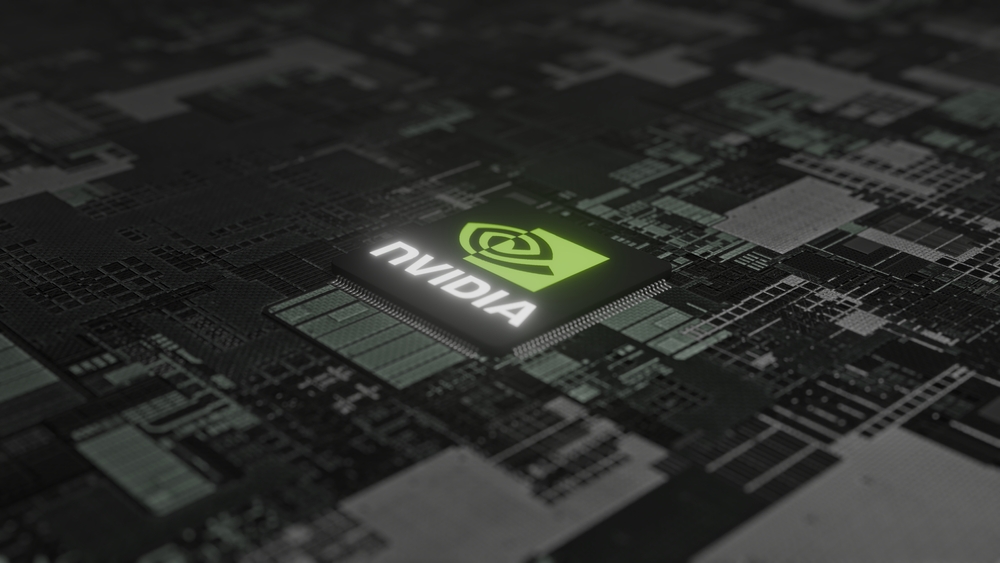In September 2024, NVIDIA disclosed a critical security flaw, CVE-2024-0132, affecting its NVIDIA Container Toolkit. This vulnerability has sent shockwaves through the IT and cybersecurity communities due to its severity and potential to compromise container environments. The flaw, which has been assigned a CVSS score of 9.0 out of 10, underscores the ever-present risks of containerised environments in modern computing infrastructures.
Understanding the Vulnerability
The CVE-2024-0132 vulnerability arises from a Time-of-Check to Time-of-Use (TOCTOU) flaw in NVIDIA Container Toolkit versions up to v1.16.1. TOCTOU vulnerabilities occur when there’s a gap between the time a system checks a condition and when it uses the results of that check. In the context of CVE-2024-0132, this gap can be exploited by attackers using specially crafted container images, allowing them to break out of the container and gain access to the underlying host system.
If successfully exploited, the vulnerability can lead to:
-
- Code execution: Attackers can run arbitrary code on the host, potentially taking control of the entire system.
-
- Denial of Service (DoS): The exploit could cause disruptions, making critical services unavailable.
-
- Privilege escalation: Attackers could elevate their privileges within the system, gaining root access.
-
- Data tampering and exfiltration: The attackers could access and modify sensitive data stored on the host system.
This vulnerability poses a significant risk, particularly for organisations that heavily rely on containerised environments for deploying applications. Given the widespread adoption of container technologies in cloud-native architectures, the potential impact is vast, affecting both public cloud infrastructures and on-premise environments.
Affected Versions and Fixes
The vulnerability impacts NVIDIA Container Toolkit versions up to and including v1.16.1 and NVIDIA GPU Operator versions up to 24.6.1. However, the flaw does not affect systems where Container Device Interface (CDI) is in use, as CDI has inherent protections that prevent this type of attack.
NVIDIA has released a security patch in version v1.16.2 of the Container Toolkit and v24.6.2 of the GPU Operator to address this vulnerability. The patch fixes the TOCTOU flaw by ensuring that the time-of-use check is performed securely, mitigating the risk of exploitation.
Mitigation Steps
Organisations using the affected NVIDIA tools are strongly advised to:
- Update immediately: Apply the latest security patches (v1.16.2 for the Container Toolkit and v24.6.2 for the GPU Operator) to eliminate the risk posed by CVE-2024-0132.
- Use CDI where possible: If applicable, leverage Container Device Interface (CDI) as it is unaffected by this vulnerability.
- Monitor container environments: Continuously monitor container activity for any signs of suspicious behaviour, and ensure that security tools are in place to detect potential privilege escalation attempts.
- Strengthen access controls: Implement stronger access control measures, ensuring that only trusted and authenticated containers are allowed to run in production environments.
Conclusion
CVE-2024-0132 highlights the growing complexity of securing containerised environments, especially as organisations move more of their workloads to the cloud. With the increasing sophistication of threat actors, vulnerabilities like this underscore the need for vigilant patch management, continuous monitoring, and adherence to best security practices in container management.
NVIDIA’s prompt response and release of patches for this critical flaw demonstrate the importance of proactive security measures. Still, it’s up to organisations to stay informed and act swiftly to protect their systems from these emerging threats.
For further details on CVE-2024-0132 and the associated security updates, refer to NVIDIA’s official security advisory and ensure your systems are up to date.



















“We were very impressed with the service, I will say, the vulnerability found was one our previous organisation had not picked up, which does make you wonder if anything else was missed.”
Aim Ltd Chief Technology Officer (CTO)